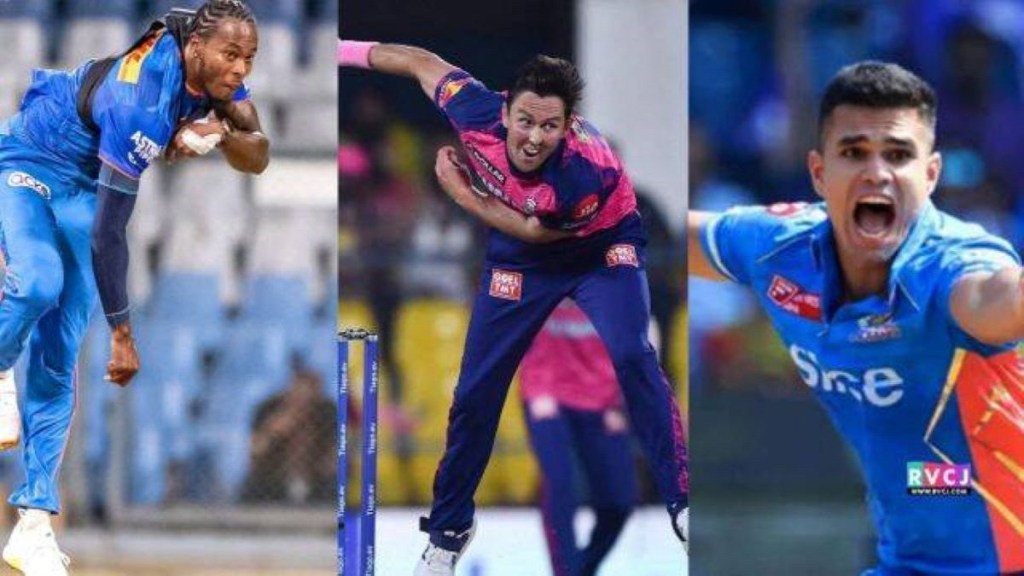The 2024 edition of the Indian Premier League (IPL) draws to a close on Sunday after providing exciting contests between 10 city-based franchise teams, each of which included some of the world’s best cricketers. Since March 22, cricket lovers have been treated to displays of aggressive batting that pulverised the bowling attacks, sending the ball sailing into the stands more than 1,000 times for the third season in a row. The number of sixes per match rose to 17.2 this year, sharply up from 14.3 sixes in 2022. Records have tumbled for the highest team scores, including 100-plus scores during the first six overs, successful 200-plus run chases and highest batting strike rates. This dominance of bat over ball, however, is not specific to IPL 2024 but has been very much the DNA of this tournament since its inception in 2008. Look no further than the legendary exploits of the marauding West Indies batsman, Chris Gayle, who hit 357 sixes during his stints with various IPL franchises from 2009 to 2021. His highest score of 175 not out in 2013 is still unequalled.
IPL’s batting slugfest no doubt stems from the desire of the Board of Control for Cricket in India (BCCI), which organises this annual event, to make it more entertaining for the fans. Last year’s edition introduced the impact player rule, according to which a tactical substitution can be made to beef up an IPL team’s batting or bowling capability. Imagine the force multiplier for a side’s batting total if the likes of a Gayle is brought in as an impact player! To its credit, the BCCI considers it as a test case and is open to reviewing it. But the more substantive changes relate to standardised, batter-friendly pitches which are overseen by BCCI’s central curator. With LED boards of the sponsors being used, the size of the boundary has also come in by 10 yards, which makes it much easier for batsmen to score. IPL teams like Rajasthan Royals have also been training to hit maximums by taking a leaf out of the baseball playbook. However, all of this should not detract from the skills of batsmen who can effortlessly hit a back-of-the-length delivery off the back foot to the sight screen!
To make it more entertaining, future IPL editions must ensure a more even contest between bat and ball. Cricket is riveting not solely because of batsmen blasting for runs but also good bowling and fielding. Spectacular catches have also won matches in this year’s IPL edition. It is therefore a source of comfort that some bowlers have stood tall amidst the six-hitting frenzy. Jasprit Bumrah, for instance, took 20 wickets at an economy rate of 6.48 runs an over, when most bowlers were resigned to giving away 9 to 10 runs. In the interest of a level playing field, why shackle the bowlers to only two bouncers an over?
A larger question pertains to the role of team owners. The deteriorating fortunes of a five-time champion team this year was in large part due to an infelicitous decision to change the captain who was repeatedly booed by the fan base. Another team owner berated the captain in public for losing to the record-breaking batsmanship of a southern franchise team. This is not cricket. Such behaviour demotivates players from giving off their best to entertain millions of IPL fans who throng the stadiums or watch on TV.


